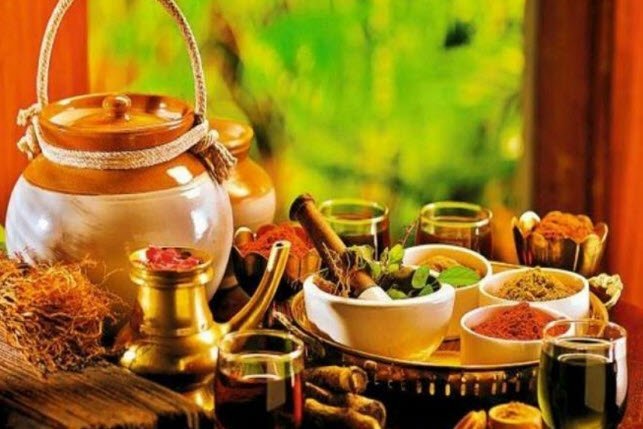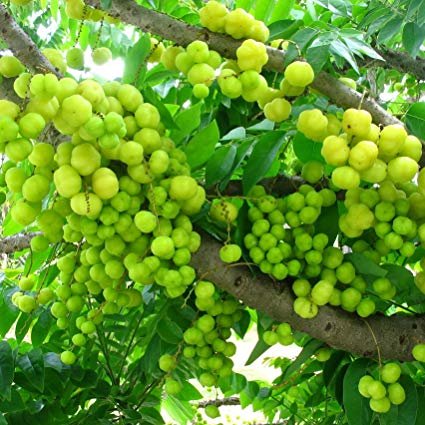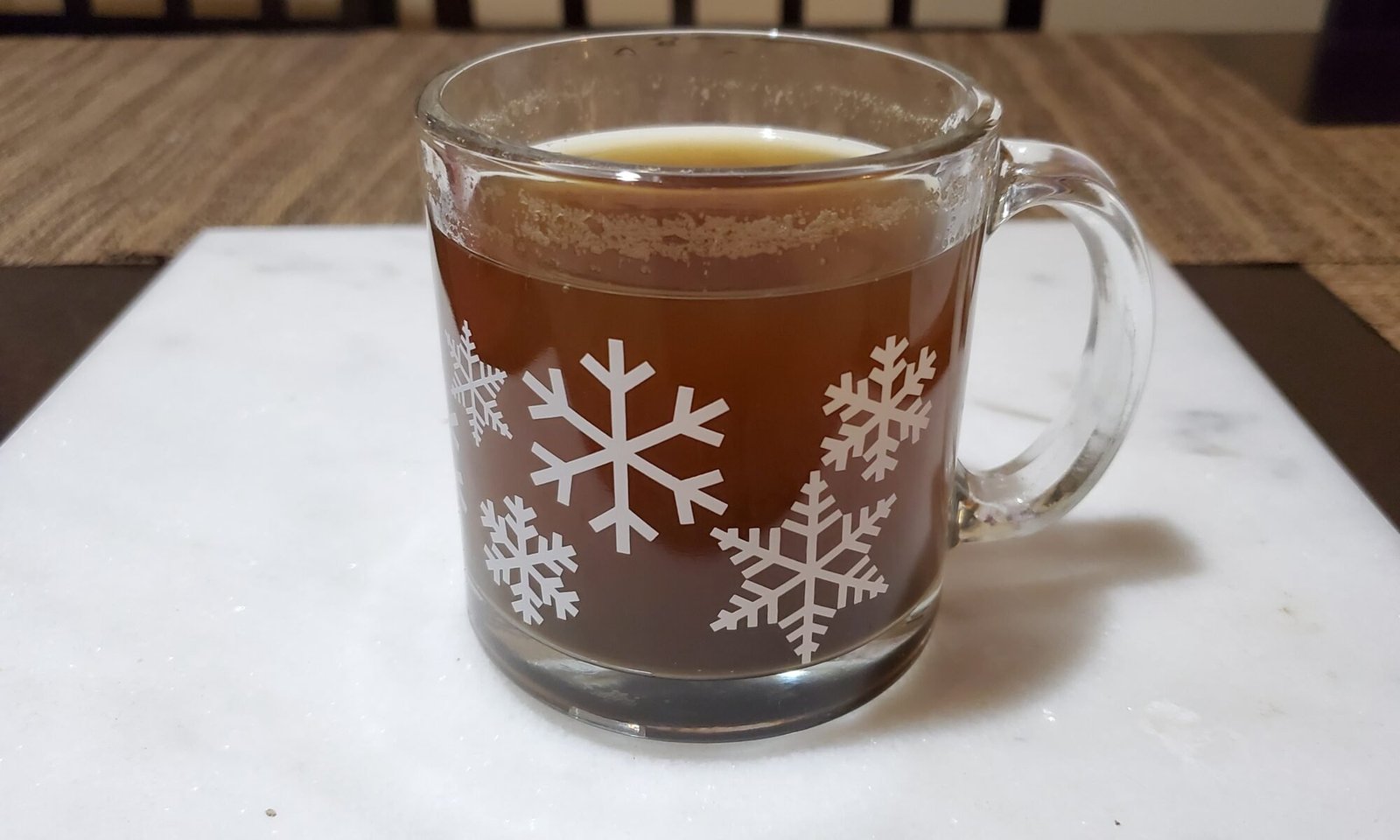What is Osteoarthritis
Millions of people worldwide suffer from osteoarthritis, the most prevalent kind of arthritis. In Osteoarthritis, the protective cartilage that cushions the ends of your bones gradually deteriorates (2).
It often develops as you age and the changes occur slowly over the years. Your joint becomes painful, swollen, and deformed as a result of inflammation and damage, which also affects the joint’s bony structure and results in the degeneration of the tendons, ligaments, and cartilage (1).
Generally, there are two major classifications of Osteoarthritis:
1. Primary type: This commonly will affect your fingers, the knee joint, the spine, hips, and the big toes.
2. Secondary type: This is commonly seen when you have a preexisting joint condition such as trauma, repetitive sports injury, inflammatory arthritis like rheumatoid arthritis, and other genetic and metabolic joint disorders (1).
What are the joints affected?
Osteoarthritis can affect any joint in your body but most often than not, you are more likely to be affected in the knee, spine, hips, hands, and the big toes
The Knee
Knee osteoarthritis is a relatively frequent condition. This is most likely a result of your knee having to support your weight while also enduring tremendous strains, twists, and spins. Having osteoarthritis in both knees is common (5).
As an athlete who concentrates more on one sport that causes you to have a repetitive movement that involves continuous use of your knee such as in running, you may be at high risk for knee osteoarthritis.
This will result in you experiencing knee pain, weakness, and instability of the knee (3).
The Hip
Hip osteoarthritis is another prevalent condition that can affect one or both of your hips. A ball-and-socket joint with a typically wide range of motion is the hip joint. It carries a lot of your weight as well. Men and women both experience hip osteoarthritis on an equal basis (5).
The Spine
If you experience back discomfort, you may have spinal osteoarthritis. The facet joints found all over the spine are impacted by this illness.
The main risk factors for spinal osteoarthritis include aging and spinal trauma. You may also be more vulnerable if you are overweight or work a job that requires standing and squatting.
The severity of spinal osteoarthritis symptoms can vary. They consist of:
- – stiffness or sensitivity in your back’s joints
- – arm or leg weakness, numbness, or tingling
- – a smaller range of motion
- – You should pay close attention to these signs. If left untreated, spinal osteoarthritis can deteriorate, resulting in more severe symptoms (3).
The Wrist and Hand
The diagnosis of nodal osteoarthritis frequently includes hand osteoarthritis. This primarily affects women and frequently begins around menopause. Although other finger joints can also be affected, it often affects the joints at the base of your thumb and the tips of your fingers (5).
The Ankle and Foot
The base of your big toe is mostly affected by foot osteoarthritis. The ankle is not commonly affected (5).
Who can be Affected by Osteoarthritis?
If you are post-menopausal you are more predisposed to knee osteoarthritis and osteoporosis which typically manifests as joint pain. The older you get, the more you are at risk of having osteoarthritis irrespective of your gender.
Studies estimated that more than 240 million adults worldwide have osteoarthritis but this is more if you are in the United States where over 30 million adults are affected of which osteoarthritis of the knee is most common (1).
What are the Causes of Osteoarthritis?
Although, the main cause of osteoarthritis is not known it is due mostly to damages that occur in your joints and the effects of the damages tend to get worse over time and this is why age is one of the biggest risks. That is, the older you get, the more wear and tear effects you will have on your joints (3).

When the cartilage in your knee joint breaks down or is damaged, osteoarthritis of the knee results. On the ends of your bones, there is a firm, rubbery tissue called articular cartilage that allows you to bend and move. Your knee’s meniscal cartilage cushions the impact of pressure.
Your cartilage acts as a shock absorber for your body, shielding it from jolts and jolts. If you go on many bumpy roads, your shocks will quickly wear out. Your shocks will last longer if you drive on smooth roads (4).
Injuries to the joints can also result from:
- – An injury in the past, such as a torn cartilage, dislocated joints, ligament damage, joint deformity
- – Obesity
- – faulty posture (3).
Your likelihood of having osteoarthritis is increased by many risk factors. They consist of:
- – an injury history
- – having obesity or being overweight
- – faulty posture
- – having a different type of arthritis or diabetes that has an impact on your ability to move freely
- – having a job that requires kneeling, climbing, heavy lifting, or similar acts
- – Your gender can predispose you to osteoarthritis
- – When you are fifty years and above
- – Menopause; is due to your decreased level of estrogen.
- – Family history of osteoarthritis (3).
How do you know if you have Osteoarthritis?
Osteoarthritis’ primary symptoms are joint pain and, occasionally, stiffness in the afflicted joints. When you move the joint or towards the end of the day, the pain is typically worse. After resting, your joints could feel stiff, but if you start moving, this normally passes quite quickly. There may be random variations in symptoms. Alternatively, you might discover that your symptoms change based on what you’re doing.
Sometimes, the affected joint may be enlarged. Swelling could be due to the development of additional bone, the finger joints are particularly stiff and knobby. It can also be soft. This softness is brought on by an increase in joint fluid and a thickening of the joint lining.
The joint might not move as easily or as far as usual, and moving it might cause it to make grinding or crackling noises. It’s known as crepitus. The muscles around the joint might occasionally appear weak or slender. Because of weakening muscles or a less stable joint structure, the joint may occasionally give way (5).
Treatment of Osteoarthritis
Although there is currently no cure for osteoarthritis, there are therapies that help ease the symptoms and let you resume your daily activities. These consist of:
- – changes in lifestyle
- – medicines that reduce pain
- – Physiotherapy
- – Supplements and alternative medicine
Changes in lifestyle
You should pay close attention to your weight control, ensuring you have adequate sleep and exercise.
Exercise
Exercise makes the muscles around your joints stronger, which may ease stiffness. At least once every other day, try to engage in physical activity for 20 to 30 minutes. Pick mild, low-impact exercises like swimming or walking. Yoga and tai chi can both reduce pain and increase joint flexibility (3).
Weight Control
Having extra weight can strain your joints and hurt them. Losing some weight eases this pressure and lessens pain. Your chance of developing additional health issues, such as diabetes and heart disease, can be reduced by maintaining a healthy weight (3).
Sufficient Relaxation
Muscle relaxation helps reduce edema and inflammation. Don’t overdo it and treat yourself with kindness. Additionally, getting adequate sleep at night can improve how well you handle the pain (3).
Medicine that Reduces Pain
Several different kinds of osteoarthritis drugs may be able to help you feel better. They include:
Oral analgesics. While acetaminophen (Tylenol) and other painkillers can help with pain management, they cannot treat edema.
Topical analgesics. These products come in cream, gel, and patch forms. They can provide pain relief, especially for minor arthritis pain, by helping to numb the area around your joints.
Medications that are non-steroidal anti-inflammatory (NSAIDs). You can lessen swelling and pain by using NSAIDs like naproxen (Aleve, Naprosyn) and ibuprofen (Advil, Motrin).
Corticosteroids. These prescription medicines can be taken orally. You could also get them by getting an injection right into your joint. Cortisone and triamcinolone acetonide are two examples (Kenalog-40, Zilretta).
Cymbalta. Your doctor might advise you to use the medication duloxetine (Cymbalta), which even the FDA has licensed for the management of musculoskeletal pain (3).
Physiotherapy
After your first visit, your doctor might refer you to see a physiotherapist who will help in your treatment to help improve the function of your joints.
Supplements and alternative medicine
There is evidence to support the use of dietary supplements and herbal treatments to treat arthritis or its symptoms in many instances, and you may also gain from them.
Some of the supplements you can use for osteoarthritis are listed below.
The Joints & Knees kit
With the Joints & Knees Kit, you can quickly relieve joint discomfort and restore your cartilage for healthy joints and lasting mobility. In less than 14 days, get pain relief with the Joints & Knees Kit.

Sustained usage of the Joints & Knees Kit can help ease your discomfort, regenerate cartilage in your joints, and restore the healthy mobility you deserve, whether you’re suffering from arthritis, an injury, or simply a sedentary lifestyle.
Joints & Knees Kit contains the Green Lipped Mussels Extract, Boswellia Serrata Extract, Bromelain Extract, and Fish Oil with Omega-3 Fatty Acids. Fish oil is a dietary source of omega-3 essential fatty acids and omega-3 plays a potent role in addressing pain and inflammation.
Chondroitin
It is believed that chondroitin, which is present in the body naturally, aids in giving cartilage flexibility. For at least two months, don’t anticipate any progress. Additionally, it is doubtful that chondroitin can help you if your cartilage is severely injured (5).
Glucosamine
This is naturally seen in your ligaments, tendons, and cartilage (5).
Complications of Osteoarthritis
Your joint pain and stiffness may go bad enough to make going about your everyday business challenging. The pain and limitations of osteoarthritis can lead to depression and sleep problems (2).
References:
- 1. https://my.clevelandclinic.org/health/diseases/5599-osteoarthritis
- 2. https://www.mayoclinic.org/diseases-conditions/osteoarthritis/symptoms-causes/syc-20351925#:~:text=Osteoarthritis%20is%20the%20most%20common,%2C%20knees%2C%20hips%20and%20spine
- 3. https://www.healthline.com/health/osteoarthritis
- 4. https://my.clevelandclinic.org/health/diseases/21750-osteoarthritis-knee#:~:text=Osteoarthritis%20of%20the%20knee%20happens%20when%20the%20cartilage%20in%20your,progress%20and%20ease%20your%20symptoms.
- 5. https://www.versusarthritis.org/about-arthritis/conditions/osteoarthritis/
















































